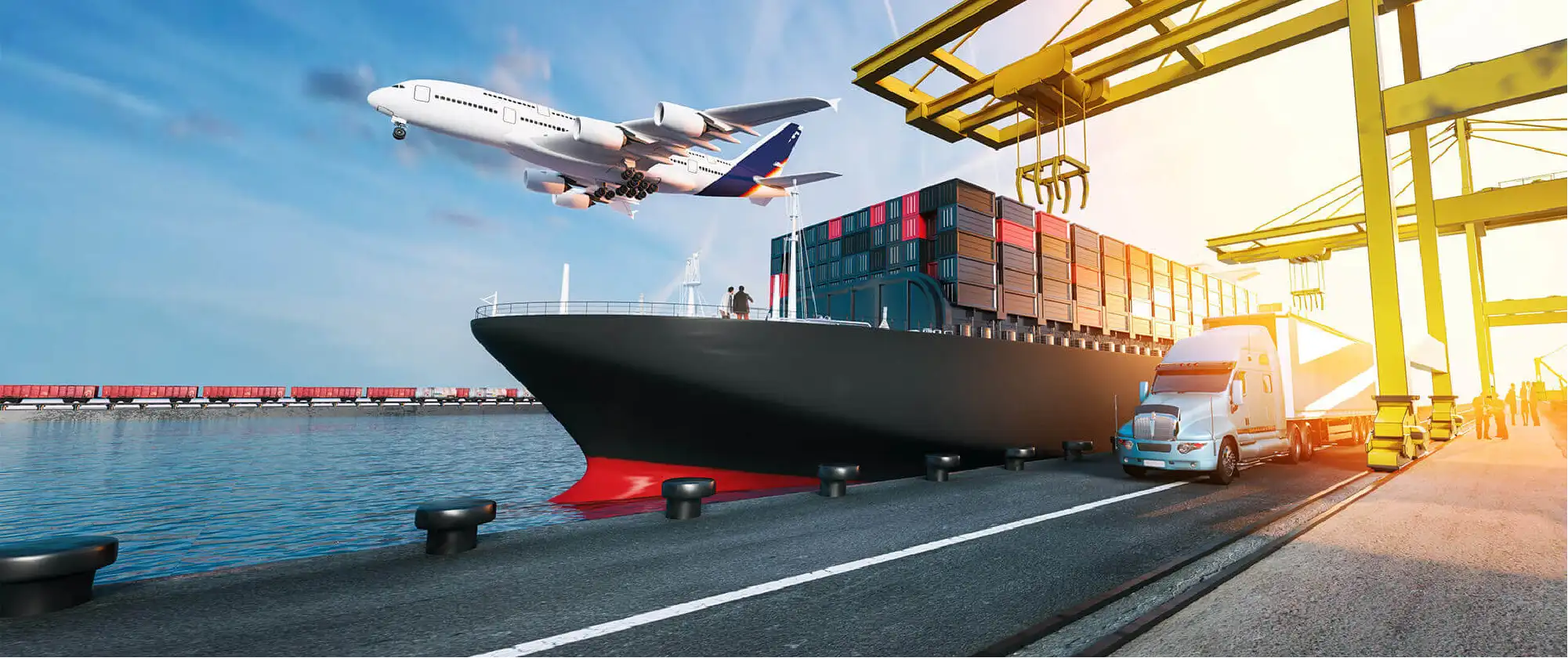The Unwavering Safety of Air Transport: Unveiling the Secrets Behind its Success

Air transport has become an integral part of our modern society, connecting people and goods across vast distances in a matter of hours. Despite the occasional news headlines highlighting accidents or incidents, air travel remains one of the safest modes of transportation available. In this blog post, we will delve into the reasons why air transport is safe, exploring the various layers of safety measures and technologies that contribute to its unparalleled track record.
- Stringent Regulatory Framework:
One of the primary reasons for the safety of air transport lies in the rigorous regulatory framework that governs the industry. International organizations such as the International Civil Aviation Organization (ICAO) and national aviation authorities set and enforce strict standards and regulations for aircraft design, maintenance, and operations. These regulations cover everything from pilot training and licensing to aircraft maintenance procedures, ensuring that safety remains a top priority. - Advanced Aircraft Design and Technology:
The continuous advancements in aircraft design and technology have significantly contributed to the safety of air transport. Modern aircraft are equipped with state-of-the-art systems, including redundant flight controls, advanced avionics, and sophisticated navigation systems. These technological advancements enhance situational awareness, improve aircraft performance, and enable effective decision-making, reducing the likelihood of accidents. - Comprehensive Pilot Training and Certification:
Pilot training is a critical aspect of air transport safety. Pilots undergo extensive training programs that encompass theoretical knowledge, practical flying skills, and emergency procedures. They are required to obtain various certifications and licenses, ensuring their competence and ability to handle different scenarios. Additionally, recurrent training and simulator sessions help pilots maintain their skills and stay updated with the latest procedures and technologies. - Robust Maintenance and Inspection Procedures:
Regular maintenance and thorough inspections are vital to ensuring the safety of aircraft. Airlines and maintenance organizations adhere to strict maintenance schedules and procedures, conducting regular checks, repairs, and component replacements. Additionally, comprehensive pre-flight inspections are performed before each flight to identify any potential issues or malfunctions. These meticulous maintenance practices help prevent mechanical failures and ensure the airworthiness of the aircraft. - Effective Air Traffic Control Systems:
Air traffic control plays a crucial role in maintaining the safety of air transport. Highly trained air traffic controllers monitor and manage the movement of aircraft, ensuring safe separation and efficient routing. Advanced radar systems, communication technologies, and collaborative decision-making tools enable controllers to provide real-time guidance and support to pilots, minimizing the risk of collisions and incidents.
Conclusion:
The safety of air transport is a result of a multi-layered approach that encompasses stringent regulations, advanced technology, comprehensive training, robust maintenance practices, and effective air traffic control systems. These factors work in harmony to create a safe and secure environment for passengers and cargo. As we continue to witness advancements in aviation, the industry's commitment to safety remains unwavering, making air transport an indispensable mode of travel in today's interconnected world.


